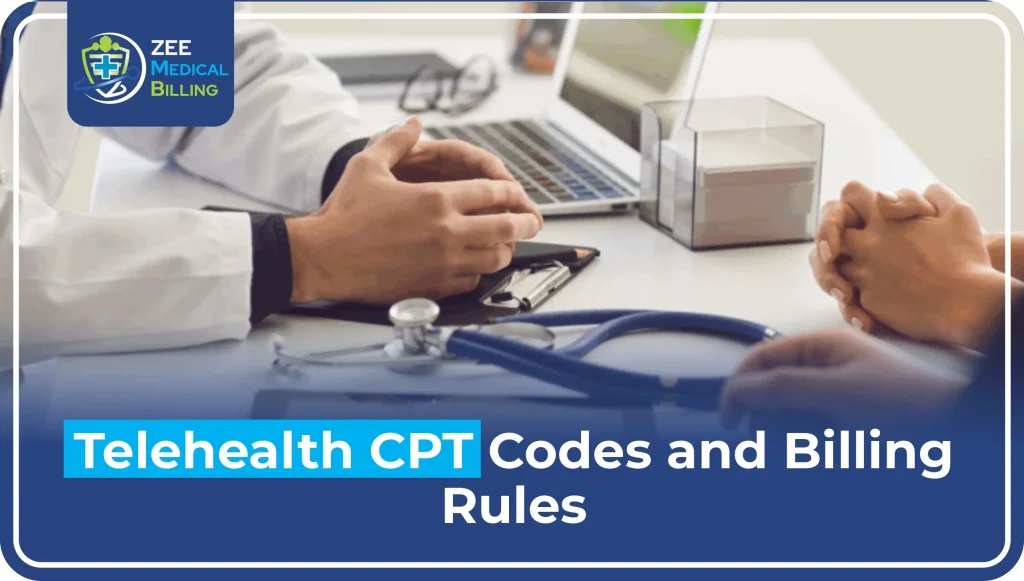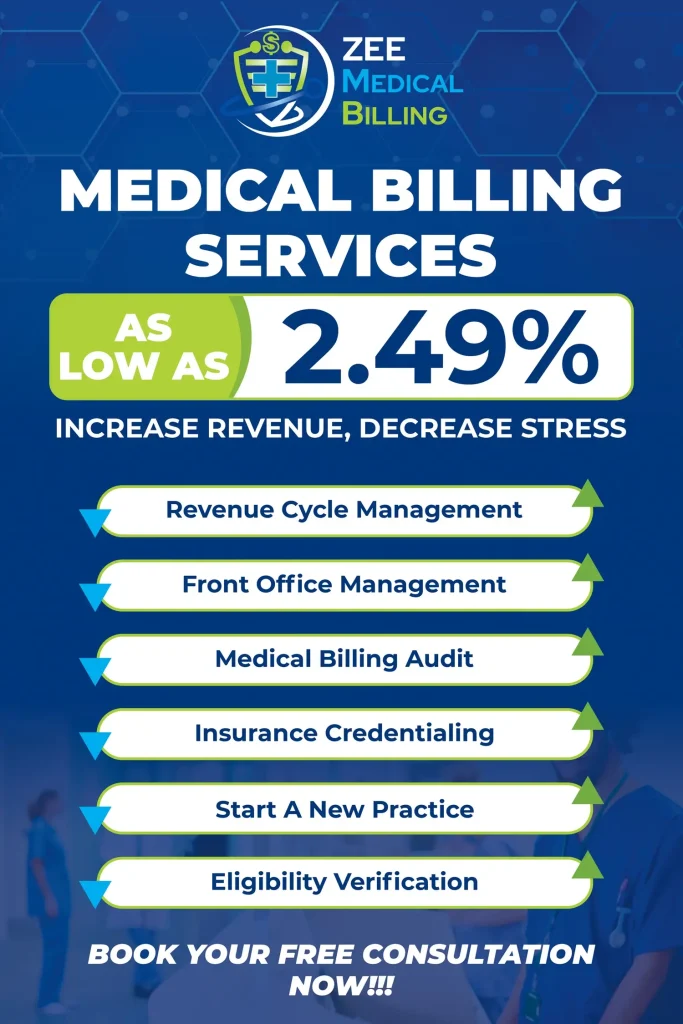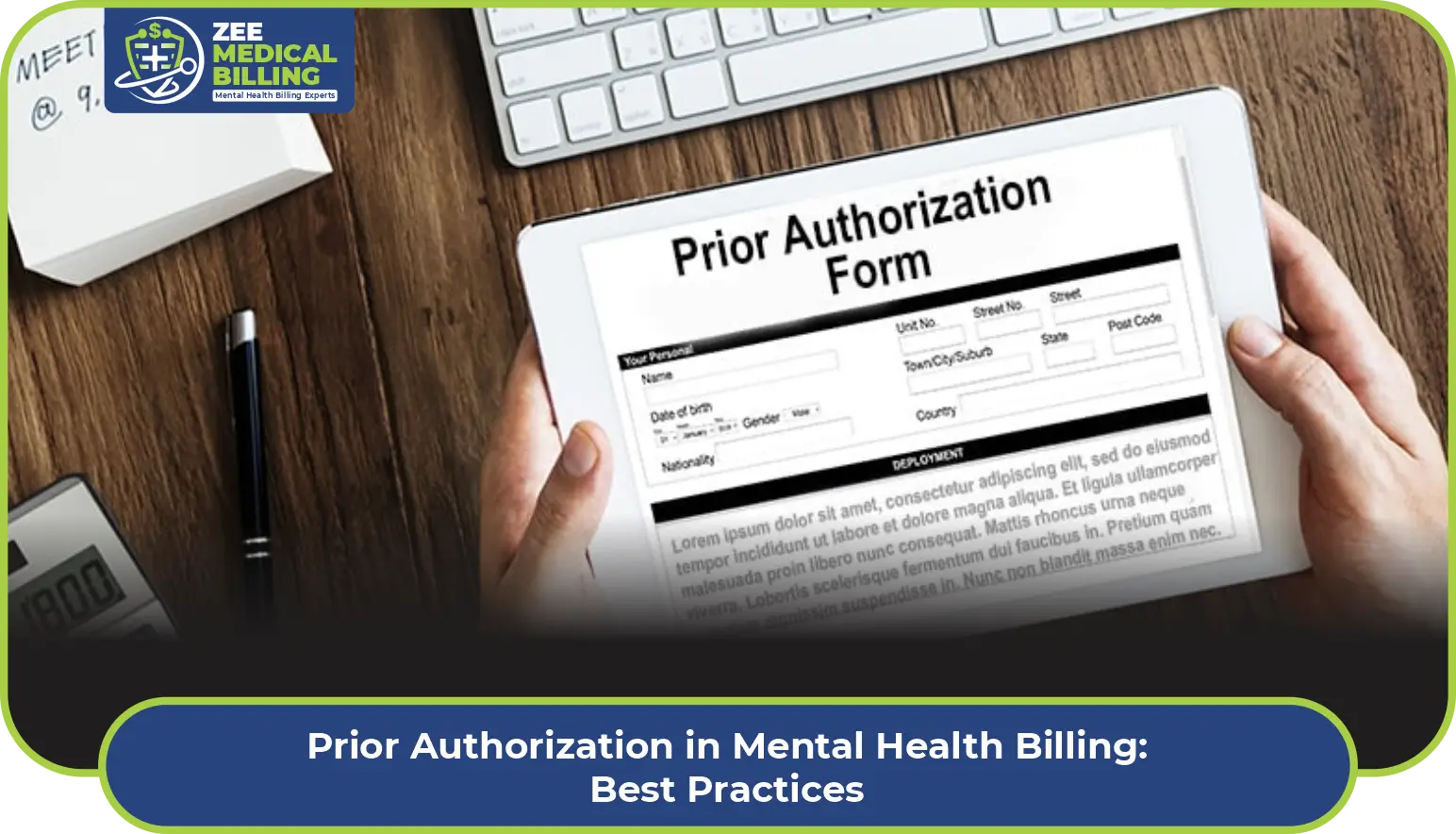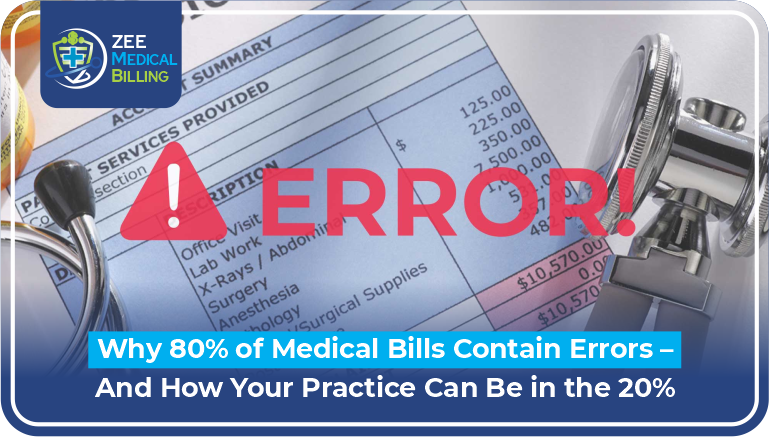Understanding Telehealth in Modern Healthcare
Telehealth is no longer a futuristic idea; it’s a real, accessible tool reshaping how care is delivered. From remote video visits to audio-only check-ins, telehealth services allow providers to care for patients anytime, anywhere. But while convenience has grown, so has the complexity of telehealth CPT codes and billing rules.
Correct coding ensures that practices receive reimbursement for virtual services. Whether you are new to telehealth billing or improving your methods, this guide will help you. It covers important CPT codes, Medicare rules, and best practices to keep you compliant.
What Are Telehealth CPT Codes?
Telehealth CPT codes are the standardized medical billing codes used to document and bill for remote healthcare services. You can deliver these services via:
- Real-time video calls
- Audio-only telephone visits
- Store-and-forward communication (asynchronous)
Each code reflects the nature, duration, and delivery mode of the telehealth visit.
Also Read: Colonoscopy CPT Codes Explained Simply for Billing
Common CPT Codes for Telehealth Services
Here’s a breakdown of some widely used telehealth CPT codes and their descriptions:
| CPT Code | Description | Delivery Mode |
| 99421 | Online digital E/M for 5-10 minutes | Patient portal |
| 99422 | Online digital E/M for 11-20 minutes | Patient portal |
| 99423 | Online digital E/M for 21+ minutes | Patient portal |
| 99441 | Telephone E/M for 5-10 minutes | Audio-only |
| 99442 | Telephone E/M for 11-20 minutes | Audio-only |
| 99443 | Telephone E/M for 21-30 minutes | Audio-only |
| G2010 | Remote evaluation of pre-recorded patient info | Asynchronous |
| G2012 | Virtual check-in (5-10 min discussion) | Real-time/audio |
| 99201-99215 | Standard office visit codes (when modified for telehealth) | Video/audio |
| G2252 | Brief communication technology-based service (11-20 min) | Audio/video |
Note: Some codes, like G2211, can be billed with E/M services depending on the visit’s complexity.
Medicare Telehealth Billing Guidelines
Medicare offers flexibility for telehealth billing, but it also has strict guidelines:
- Place of Service (POS) Code: Use POS code 02 for telehealth services.
- Modifier 95: Shows that the service occurred through telehealth.
- Consent: Patients must provide verbal or written consent, and they should document it.
- Audio-Only Coverage: Medicare covers select audio-only codes like 99441-99443 and G2252.
- Established Relationship: Not always needed during PHE (Public Health Emergency), but check current rules.
Medicare continues to update its list of approved telehealth codes annually.
Private Payer vs Medicare Billing
| Factor | Medicare | Private Payer |
| Code Requirements | Strictly defined (CMS list) | May vary by insurer |
| Audio-Only Coverage | Limited, defined codes only | Some cover more audio-only options |
| Modifiers Required | Yes (e.g., 95, GT) | Varies, check plan guidelines |
| Patient Location | Anywhere (during PHE), may revert post-PHE | Often limited to specific settings |
Pro Tip: Always verify payer policies before billing.
Bulk Billing for Telehealth Appointments
In some healthcare systems, like Australia, bulk-billing telehealth appointments means patients are not charged out of pocket. Instead, providers bill the government (e.g., Medicare Australia) directly.
Key things to remember:
- Patient eligibility is crucial.
- Time requirements must match the service level billed.
- Accurate documentation is essential for compliance.
Can you bill G2211 with Telehealth?
Yes, G2211 reflects the complexity of E/M services, particularly for ongoing care relationships. You can bill it alongside telehealth E/M services like 99213 or 99214 when you meet the criteria.
Also Read: Skin Tag ICD-10 Codes and CPT Guide for Easy Billing
- Ensure documentation shows care continuity or complexity.
- Double-check payer policies—some private insurers may not recognize G2211.
Telehealth Coding Tips
To avoid denials and ensure full reimbursement:
- Always include the correct POS and modifier.
- Keep detailed documentation of patient interaction.
- Update your billing systems to accommodate changing codes.
- Verify policies for each payer individually.
FAQs
Can a practice bill Medicare for telehealth?
Yes, Medicare covers many telehealth services if you meet certain criteria. This includes using the right CPT codes, POS codes (like 02), and modifiers (like 95). Ensure documentation reflects the virtual nature of the visit.
What is the CPT code for a telehealth visit?
Providers often use special E/M codes for regular video office visits. These codes include 99213 or 99214. They also use Modifier 95. Audio-only visits can use codes like 99441-99443.
Can providers bill Medicare for telehealth pulmonary rehab?
Medicare covers some parts of pulmonary rehabilitation through telehealth. However, it must use real-time audio-visual communication and follow specific rules. Check CMS updates to learn which rehab codes they approve.
Can we bill G2211 with a telehealth E/M service?
Yes, you can bill G2211 with a telehealth E/M code (like 99214) when the visit reflects the ongoing nature or complexity of care. Documentation must support its use and show long-term care management.
What is the place of service code for telehealth?
The most common POS code is 02 for telehealth. Providers now use POS 10 when patients receive telehealth at home. This change affects how the service is paid for. Always apply the correct POS based on location.
Conclusion
Telehealth is reshaping patient care—but only when paired with accurate billing practices. Knowing the correct telehealth CPT codes, documentation rules, and payer-specific guidelines is important. This helps you receive payment and avoid compliance issues.
By keeping up with CMS guidelines and payer updates, providers can offer virtual care confidently and legally. This helps improve patient access and supports practice sustainability over time.
Need Expert Medical Billing Services?
Zee Medical Billing provides professional billing solutions tailored to healthcare providers across the United States. In addition to offering top-tier support from our main office, we proudly serve clients in Illinois, Indiana, California, Kentucky, New York, Washington, Georgia, Alabama, South Carolina, Texas, Pennsylvania, Ohio, New Hampshire, Nevada, Massachusetts, Hawaii, Arizona, and Colorado! Whether you’re looking to streamline your revenue cycle or improve claims accuracy, you can reach out to us to learn more about how we can support your practice.


























